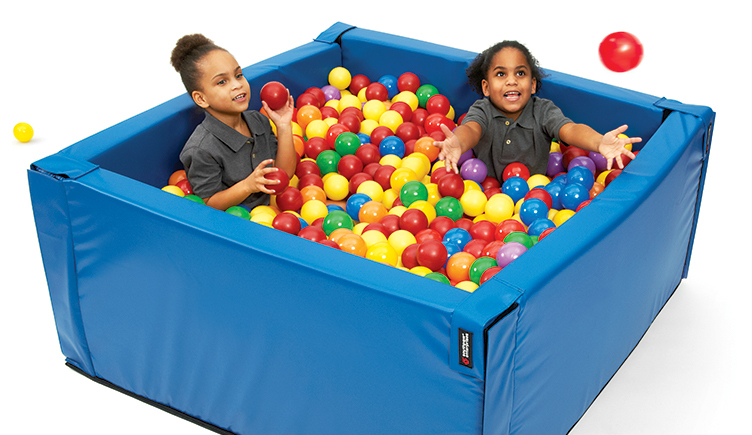“I never thought of that, but it makes so much sense!” This is a phrase I’ve heard many times when addressing the sensory needs of medically complex and medically fragile children. These children have significant histories of sensory deprivation or traumatic early sensory experiences based solely upon medical need. The early goal of practitioners in the NICU and PICU is to keep each child alive. Respiratory distress, cardiovascular compromise, orthopedic compromise, neurological status and a plethora of other reasons may result in immobilization, reduced skin-to-skin contact, and frequent needle sticks, tape and intubation. Once the initial work of stabilizing the medically complex child is complete, families are sent home with machines, follow-up appointments and medications. There may be precautions in place to reduce movement, prevent elevated heart rates or maintain skin integrity. It is in the midst of these precautions and anxious families where the occupational therapist can step in. We incorporate each facet of our training to help children and families.
Regardless of medical status, children are wired neurologically to require input. Children develop their understanding of the world through tactile, auditory, visual, olfactory, gustatory, vestibular and proprioceptive input. Their interoceptive sense helps develop the feeling of safety and security. Without input, children miss important developmental steps. Rolling provides valuable vestibular input while also incorporating proprioceptive input. Crawling allows children to tactilely explore various surfaces while gaining valuable proprioceptive feedback. Walking facilitates visual changes and tactile exploration along with important vestibular and proprioceptive input. Our medically fragile and complex children may have delays with rolling, sitting, crawling and walking. Unlike other toddlers who are moving, climbing and dancing, our medically fragile/complex children will require vestibular and proprioceptive input through alternate means. We can use various positioning devices to promote prone, side lying and supine on a variety of swings, such as Southpaw’s Glider Bolster. Multipoint swings have the ability to adjust and facilitate incline and decline angles. As the clinician or caregiver, we have the ability to adjust the speed and direction to remain within the parameters of provided precautions while also facilitating the often missing input. Swings of this size allow for both clinician/caregiver and child to be on the swing for support, handling and connection.
Most pieces of sensory equipment can be utilized with children with complex medical needs. Tubes, therapy balls and trampolines can provide unique input for prone, rolling, kneeling and sitting. Bubble tubes and projectors can be used to gain visual attention, assist with rolling and reduce distress with physical handling.
As clinicians working with medically fragile and complex children, we need to be cognizant of medical trauma while working to gradually incorporate the needed input to assist with each child’s development. Using various pieces of equipment and proceeding at the child’s pace is the best starting point.



